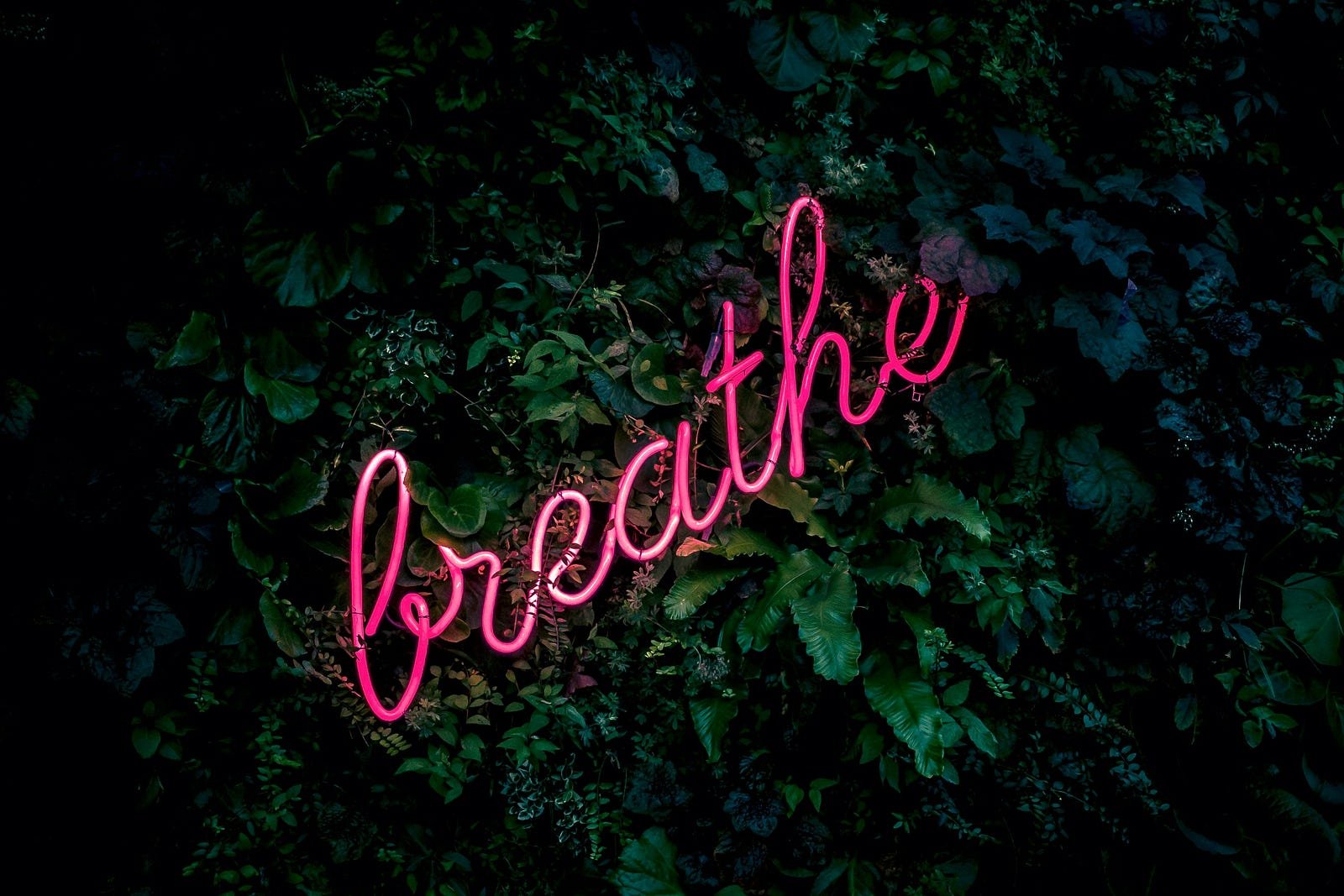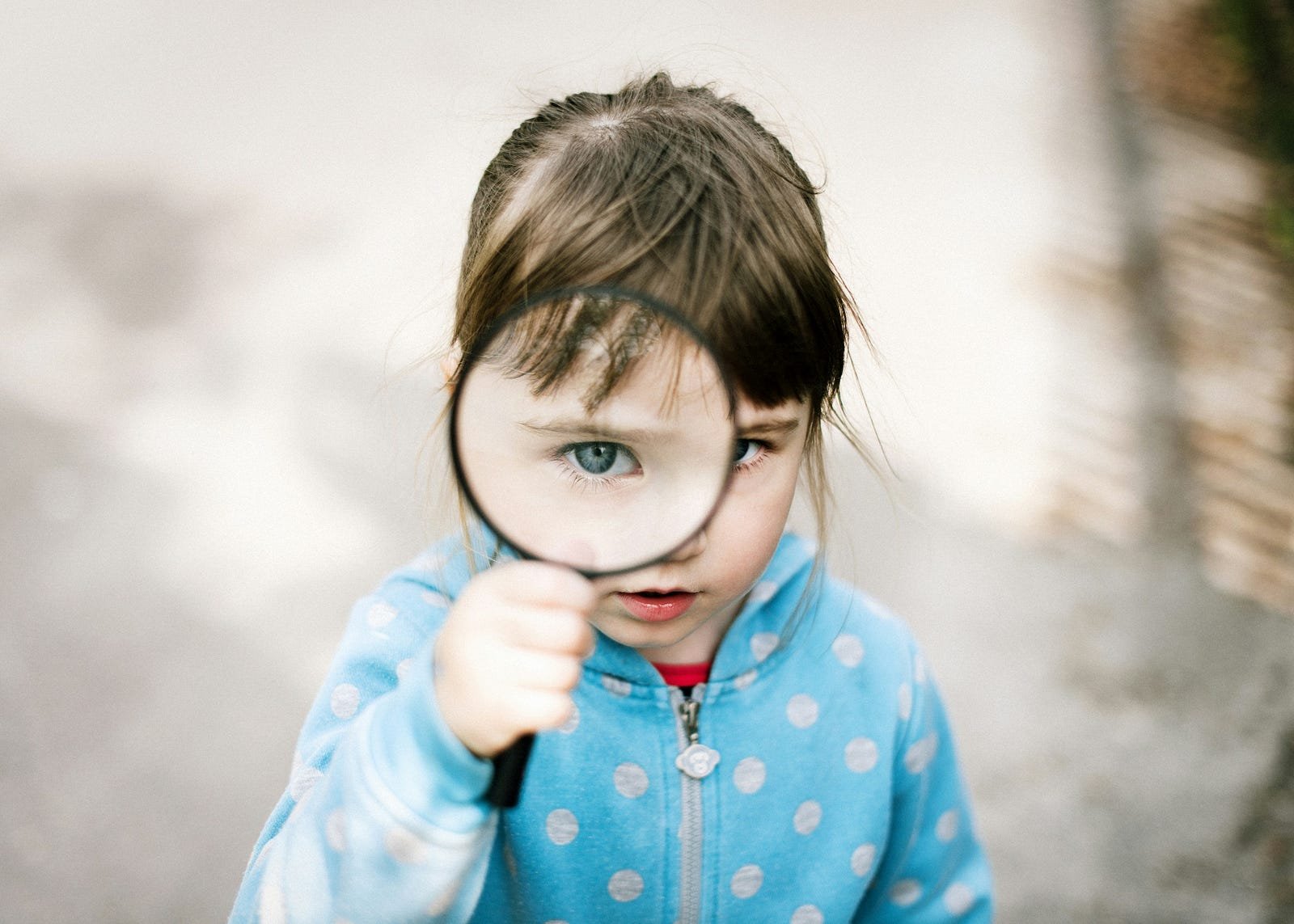In today’s fast-paced world, we are constantly bombarded by distractions. From smartphones buzzing with notifications to the endless scroll of social media, it’s easy to feel overwhelmed and disconnected. Amid all this chaos, the ability to be present — truly engaged in the moment — has become a lost art.
But what does it mean to be present, and why is it so important? In this article, we’ll explore the concept of being present, why it matters, and how you can cultivate mindfulness in a world full of distractions.
What Does It Mean to Be Present?
Being present means fully experiencing the current moment without being distracted by past memories or future anxieties. It’s about being aware of your surroundings, thoughts, emotions, and actions without judgment or preoccupation. When you are present, you are focused on what is happening right now, not on what happened yesterday or what might happen tomorrow.
Being present doesn’t mean you ignore your thoughts, feelings, or goals — it simply means you give them the attention they deserve at the right time. It’s about grounding yourself in the here and now, appreciating the moment, and fully immersing yourself in your experiences.
Why Is Being Present Important?
Living in a distracted world has many consequences. According to a study by Microsoft, the average human attention span has dropped from 12 seconds in 2000 to just 8 seconds today, which is even shorter than a goldfish. Our constant engagement with digital media has made it more difficult for us to focus on one task for an extended period of time.
This constant distraction has been linked to several negative effects, including:
- Decreased productivity: The more distractions you encounter, the harder it is to focus on the task at hand. Multitasking might seem efficient, but it often leads to poorer performance and more mistakes.
- Increased stress and anxiety: Worrying about the future or replaying past events in your mind can trigger feelings of anxiety and stress. Being present allows you to focus on what you can control in the moment.
- Impaired relationships: When you’re distracted, you’re not truly engaging with the people around you. This can strain relationships, whether with family, friends, or colleagues.
- Lowered happiness: Studies show that people who are more mindful and present tend to experience greater well-being and happiness. The more you focus on the moment, the more you appreciate life’s simple pleasures.
By learning to be present, you can improve your mental clarity, boost your productivity, and increase your sense of fulfillment and happiness.
How to Be Present in a Distracted World
While being present sounds simple, it can be challenging in a world full of distractions. Fortunately, with practice, you can train your mind to become more aware and engaged. Here are some practical tips to help you cultivate mindfulness and stay present in your everyday life.

1. Start with Mindful Breathing
Mindful breathing is a powerful tool that helps you anchor yourself in the present moment. By focusing on your breath, you can quickly calm your mind and redirect your attention away from distractions.
To practice mindful breathing, find a quiet place where you can sit comfortably. Close your eyes and take a slow, deep breath in through your nose. Hold it for a few seconds, then exhale slowly through your mouth. Repeat this process for several minutes, paying attention to the sensation of the breath entering and leaving your body.
Whenever you feel distracted or overwhelmed, simply return to your breath. It’s an effective way to regain focus and bring yourself back to the present.
2. Limit Digital Distractions
Technology can be one of the biggest sources of distraction. Notifications from social media, emails, and messages pull us away from the present moment and fragment our attention. To combat this, take intentional steps to limit digital distractions.
- Turn off notifications: Disable non-essential notifications on your phone and apps so that you’re not constantly interrupted by alerts.
- Set boundaries: Designate specific times during the day to check emails or social media, and stick to them. This helps you resist the urge to mindlessly scroll throughout the day.
- Create phone-free zones: Set aside certain areas or times — such as during meals or when spending time with loved ones — where phones and devices are not allowed. This encourages more meaningful interactions and allows you to fully engage with your surroundings.
By managing your digital distractions, you create space to be present in your personal and professional life.
3. Practice Single-Tasking
In a world that promotes multitasking, it can be tempting to juggle multiple tasks at once. However, research has shown that multitasking can lead to decreased focus, increased stress, and lower productivity. Instead, try single-tasking — focusing on one task at a time.
When you work on one task without distractions, you can give it your full attention, leading to better quality work and greater satisfaction. Whether it’s writing an email, having a conversation, or doing a workout, commit to being fully present in that activity.
4. Use Your Senses to Ground Yourself
Engaging your senses is a simple but effective way to bring your focus back to the present moment. Whether you’re at work, at home, or out in nature, pay attention to what you see, hear, smell, taste, and feel.
- Sight: Take note of your surroundings. Look at the colors, shapes, and textures around you. This helps you become more aware of the present moment.
- Sound: Close your eyes and listen to the sounds in your environment. Focus on the rhythm, pitch, and volume of different sounds.
- Touch: Pay attention to the sensations in your body. Feel the surface of your seat, the texture of your clothing, or the warmth of the sun on your skin.
By focusing on your senses, you can become more attuned to the present moment and break free from distractions.
5. Practice Gratitude
Gratitude is a powerful way to bring yourself into the present moment. When you focus on the things you are grateful for, you shift your attention away from negative thoughts or worries. This practice helps you appreciate the current moment rather than dwelling on the past or future.
Take time each day to reflect on what you’re grateful for. It could be as simple as appreciating a warm cup of coffee or being thankful for your health, family, or a recent accomplishment. Writing down a few things you’re grateful for each day can reinforce your mindfulness practice and help you stay present.
6. Engage in Regular Mindfulness Practices
Mindfulness is the practice of being aware of your thoughts, feelings, and surroundings in the present moment. There are many ways to incorporate mindfulness into your daily life:
- Meditation: Set aside time each day for meditation. This could be a simple practice where you focus on your breath, a mantra, or a visualization technique.
- Body scans: Take a few moments throughout the day to check in with your body. Notice areas of tension or discomfort, and bring your attention to your physical sensations.
- Mindful eating: Slow down during meals and savor each bite. Pay attention to the flavors, textures, and smells of your food, and avoid distractions like watching TV or looking at your phone.
By consistently practicing mindfulness, you can train your brain to stay focused and be more present in all aspects of your life.
In a world full of distractions, learning to be present is more important than ever. By practicing mindfulness, managing distractions, and engaging with the world around you, you can cultivate a sense of calm, clarity, and focus.
The key to being present is to start small and practice regularly. With time and commitment, you’ll find that you’re able to stay more focused, reduce stress, and experience life in a deeper, more fulfilling way.
Remember, the present moment is all we truly have. So, embrace it — be mindful, be focused, and most importantly, be here now.














